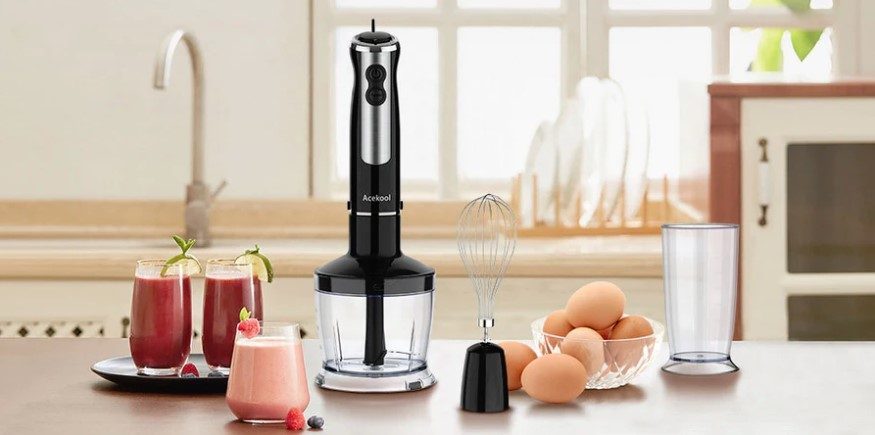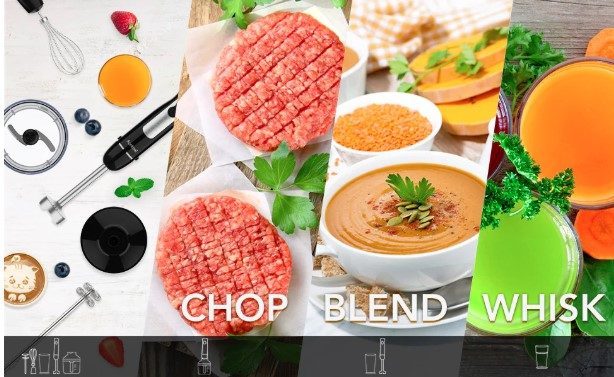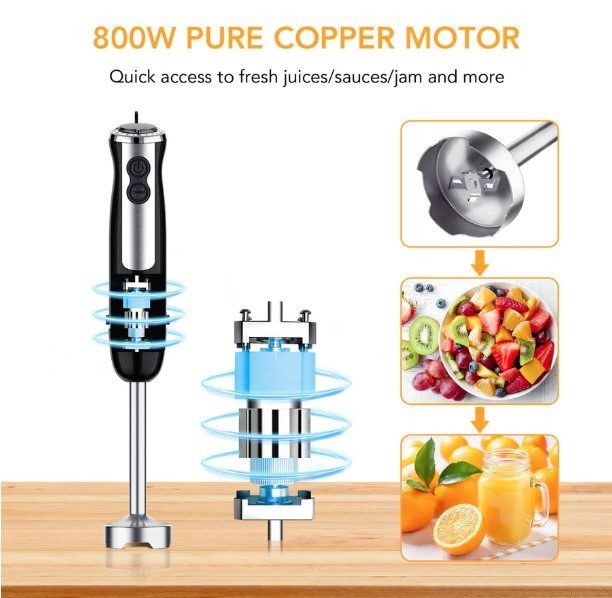In today’s important pantheon of kitchen appliances, blenders, food processors, stand mixers occupy a first-class position. All of these devices serve different purposes, including chopping, grinding, mixing, blending, and more. The most commonly used are food blenders and food processors, however, you know they are quite different, even though they often look the same. A quality blender like the Acekool Blender BH1 ensures easy blending and blending, while an efficient food processor will be more than adequate for tasks like chopping, grinding, and more.
Before we shift our focus to highlighting the differences between food processors and blenders, let’s take a look at these devices and their capabilities.
What is the difference between a blender and a food processor?
The differences between the two devices stand out on many levels, both in terms of mechanics and assigned tasks. However, in simple terms, we can say that the main function of a food processor is to perform food preparation tasks, while a blender usually pulverizes or blends dry and liquid ingredients.
So if you need help with manual cooking chores, then you have to go to a food processor. Plus, food processor blades are much better than blender blades. This means that the S-shaped blade of a food processor rotates at a lower speed and therefore provides better control than a blender. Additionally, these blades are flat-edged for a clean cut. Therefore, this blade is mainly used for chopping and grinding. Some blade attachments for food processors are serrated for use in frozen foods and can also make purees. At that point, it’s obvious that if you own a food processor, pre-cooking can be done easily.
On the other hand, there are two main types of blades in mixers – X-shaped blades and wing blades. Typically, these blades are mounted on the bottom of the blender, which is immersed in the beaker. X-blade is usually six or four, but six-blade models are generally considered more efficient at mixing. In addition, the wing blades have blunt edges and are easy to turn up or down. Therefore, it is mainly used for crushing hard raw materials such as frozen berries or ice. For this reason, blenders are mostly used to make smoothies or frozen drinks/cocktails.
Other than that, blenders, especially immersion blenders, don’t have any specific blending jars, as you just immerse it in any glass or narrow-mouth container while you’re using it. But that’s not the case with a food processor, as it comes with multiple bowls, each specific to the type of work it does. So, you get a different bowl to cut the veggies and a separate kneading dough. However, you can opt for the Acekool Blender BH1 as it comes with a blending beaker and a chopping bowl and is affordable.
In Conclusion
Now that you know, what’s the difference between a food blender and a processor, you can decide on which appliance to resort to according to your need.
Attention: This article – What’s the Difference between a Processor and a Food Blender? has the permission from GaoMon Blogs, for Product Recommendation of GaoMon Home – Embrace The New Style of Life.
More to read:
How Does a Pressure Cooker Work?




